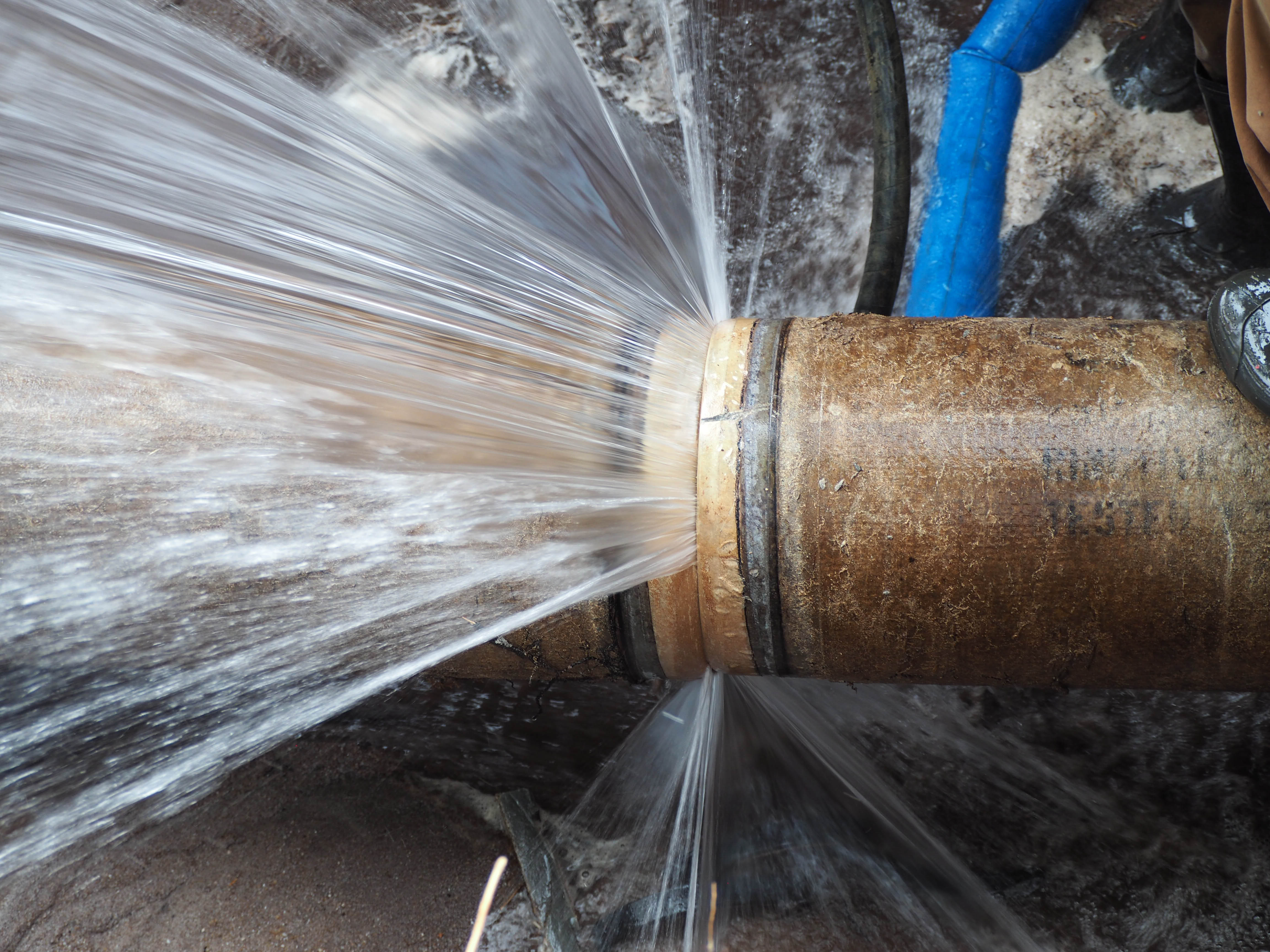Guidance for Avoiding Frozen Plumbing in Cold Weather: Specialist Tips
Guidance for Avoiding Frozen Plumbing in Cold Weather: Specialist Tips
Blog Article
We have unearthed this great article involving 6 Ways to Prevent Frozen Pipes down the page on the internet and think it made perfect sense to talk about it with you here.

Winter can wreak havoc on your plumbing, especially by freezing pipes. Right here's how to prevent it from occurring and what to do if it does.
Intro
As temperatures drop, the danger of icy pipelines boosts, possibly resulting in pricey repair work and water damage. Comprehending how to prevent frozen pipes is critical for house owners in cool environments.
Comprehending Frozen Pipes
What creates pipes to ice up?
Pipes freeze when exposed to temperatures below 32 ° F (0 ° C) for expanded durations. As water inside the pipes ices up, it broadens, putting pressure on the pipeline wall surfaces and possibly creating them to rupture.
Risks and problems
Icy pipelines can bring about supply of water interruptions, building damage, and pricey repair work. Ruptured pipelines can flooding homes and trigger considerable architectural damage.
Signs of Frozen Pipes
Recognizing frozen pipelines early can avoid them from bursting.
Just how to recognize icy pipes
Try to find lowered water flow from faucets, unusual smells or sounds from pipelines, and noticeable frost on exposed pipelines.
Avoidance Tips
Shielding vulnerable pipelines
Wrap pipelines in insulation sleeves or use heat tape to secure them from freezing temperature levels. Focus on pipelines in unheated or external locations of the home.
Home heating techniques
Maintain indoor spaces adequately warmed, specifically locations with plumbing. Open up cabinet doors to enable warm air to distribute around pipes under sinks.
Securing Exterior Pipes
Yard hose pipes and outside faucets
Separate and drain yard hoses before winter. Install frost-proof spigots or cover exterior faucets with shielded caps.
What to Do If Your Pipes Freeze
Immediate activities to take
If you believe icy pipelines, keep taps open to soothe stress as the ice melts. Use a hairdryer or towels soaked in hot water to thaw pipelines gradually.
Long-Term Solutions
Architectural adjustments
Consider rerouting pipelines away from outside wall surfaces or unheated areas. Add additional insulation to attics, cellars, and crawl spaces.
Upgrading insulation
Invest in high-quality insulation for pipelines, attic rooms, and wall surfaces. Correct insulation helps keep regular temperatures and reduces the risk of frozen pipelines.
Verdict
Avoiding frozen pipes requires positive procedures and fast actions. By recognizing the reasons, indicators, and preventive measures, house owners can protect their pipes during cold weather.
6 Proven Ways to Prevent Frozen Pipes and Protect Your Home
Disconnect and Drain Garden Hoses
Before winter arrives, start by disconnecting your garden hoses and draining any remaining water. Close the shut-off valves that supply outdoor hose bibs and leave the outdoor faucet open to allow any residual water to drain. For extra protection, consider using faucet covers throughout the colder months. It’s also important to drain water from any sprinkler supply lines following the manufacturer’s directions.
Insulate Exposed Pipes
Insulating your pipes is an effective way to prevent freezing. Pipe insulation is readily available at home improvement stores and is relatively inexpensive. Pay close attention to pipes in unheated areas such as the attic, basement, crawl spaces, or garage. Apply foam insulation generously to create a buffer against the cold. You can also wrap your pipes in heat tape or thermostat-controlled heat cables for added warmth.
Seal Air Leaks
Inspect your home for any cracks or openings that could let in cold air. Seal any holes around the piping in interior or exterior walls, as well as the sill plates where your home rests on its foundation. Additionally, make sure to keep your garage door closed unless you’re entering or exiting. Leaving it open creates a significant air leak that can lead to frozen pipes.
Allow Warm Air Circulation
During cold snaps, it’s essential to allow warm air to circulate evenly throughout your home. Leave interior doors ajar to promote better airflow. Open kitchen and bathroom cabinets to help distribute heat consistently around the rooms. If you have small children or pets, be sure to remove any household chemicals or potentially harmful cleaners from open cabinets for safety.
Let Faucets Drip
A small trickle of water can make a big difference in preventing ice formation inside your pipes. When temperatures drop significantly, start a drip of water from all faucets served by exposed pipes. This continuous flow helps prevent the water from freezing. Additionally, running a few faucets slightly can relieve pressure inside the pipes, reducing the chances of a rupture if the water inside does freeze.
https://choateshvac.com/6-proven-ways-to-prevent-frozen-pipes-and-protect-your-home/

We were shown that write-up on Prevent Frozen Pipes from a friend on a different web page. Sharing is good. You never know, you may be doing someone a favor. Thank you for going through it.
Estimating Report this page